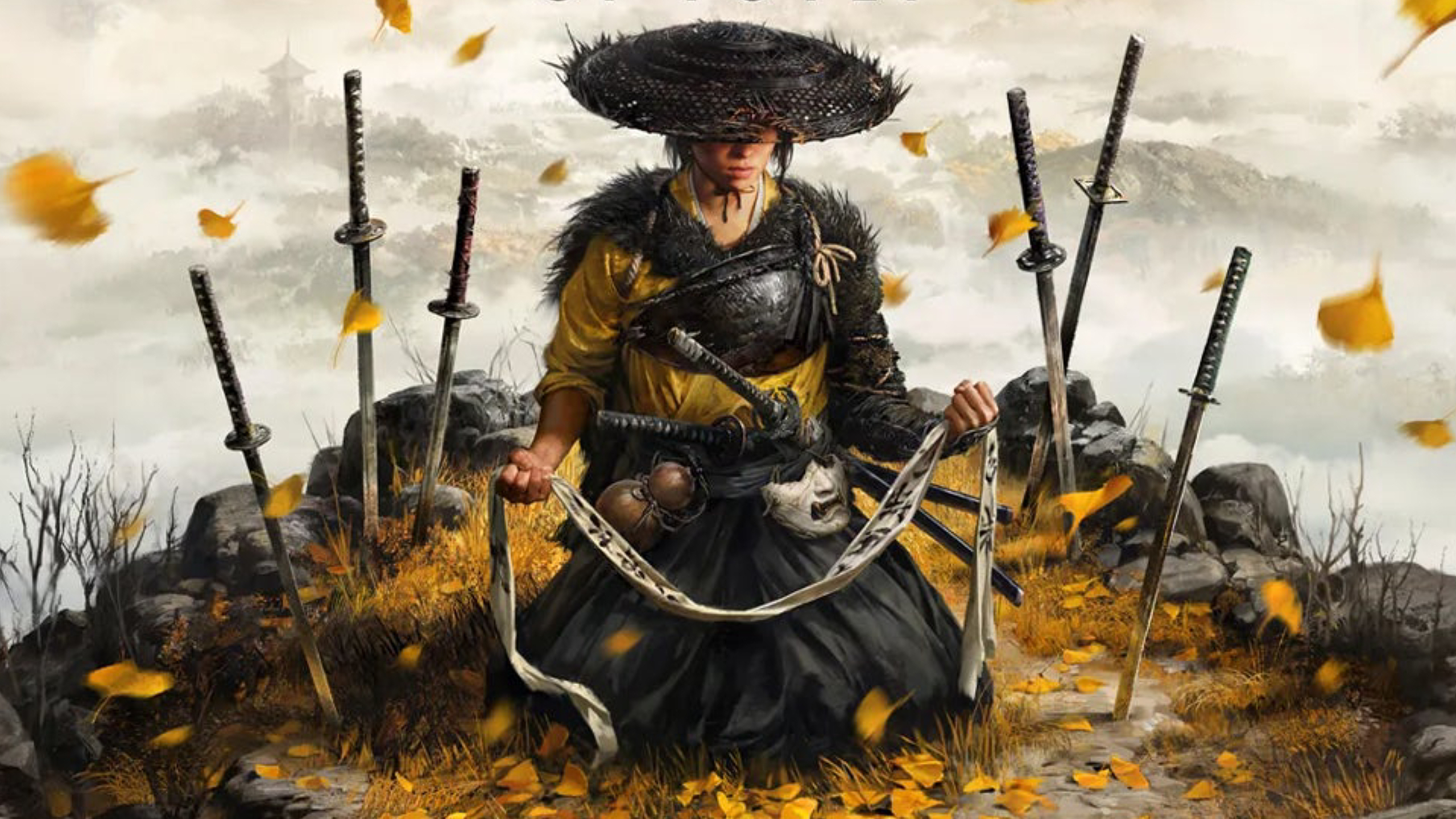When the trailer for Ghost of Yotei was first unveiled, it was clear that Sucker Punch Productions was making a bold statement with the next installment in the Ghost of Tsushima franchise. With sweeping landscapes of snow-covered forests, an imposing new protagonist, and a stark change in setting, Ghost of Yotei signals a shift in tone and narrative scope for the series. The choice to move away from Jin Sakai’s story and focus on Atsu, a female ronin navigating the treacherous wilderness of Hokkaido, marks a significant departure from the warm shores of Tsushima, yet the game promises to remain true to the thematic core that made its predecessor so beloved.
First impressions of Ghost of Yotei reveal a game that builds on the foundation of its predecessor while confidently moving into new territory. The combination of stunning visuals, innovative combat mechanics, and a complex new protagonist suggests that Ghost of Yotei is not just a sequel—it’s an evolution of the franchise, one that expands on its themes of survival, identity, and conflict in Feudal Japan.
A Cold and Unforgiving Setting: Hokkaido’s Wilderness
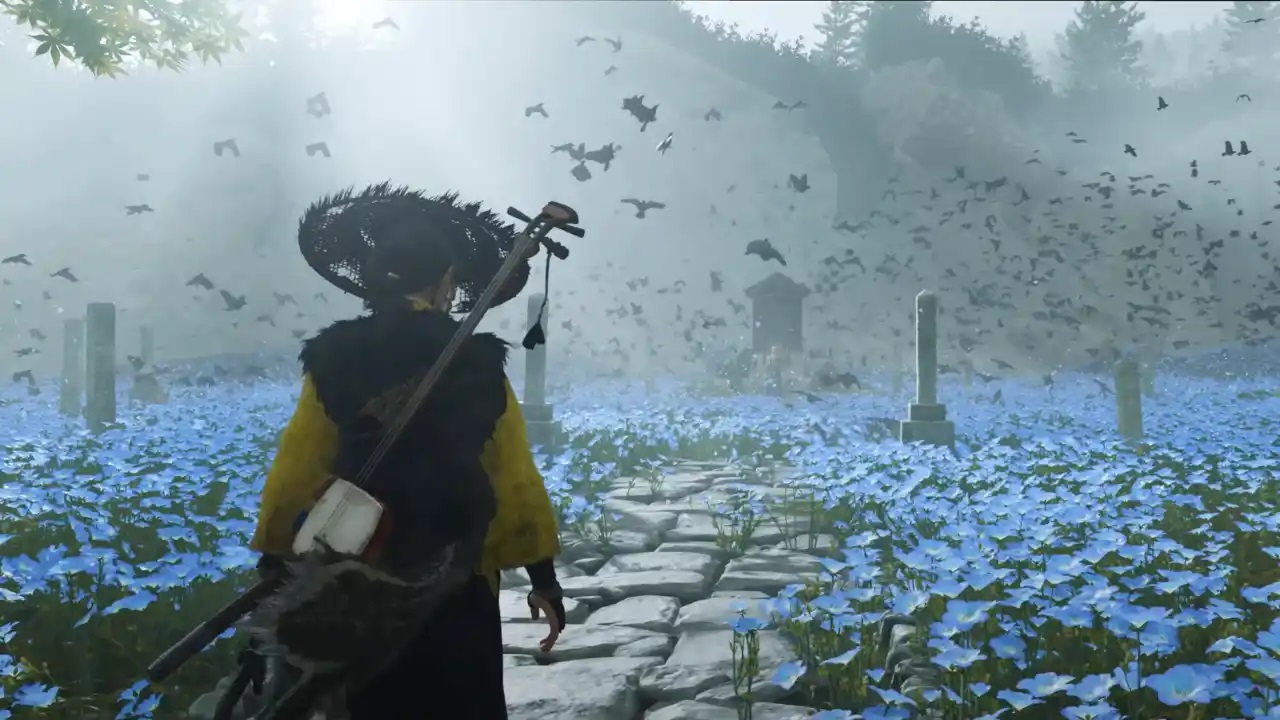
The decision to move the game’s setting from the island of Tsushima to the northern wilderness of Hokkaido is perhaps the most striking change. Where Tsushima’s warm, tranquil beauty often provided moments of respite, Hokkaido’s icy terrain offers no such comfort. The world of Ghost of Yotei is cold, harsh, and unforgiving—a reflection of the challenges its new protagonist must face.
Mount Yotei, a towering volcano that looms large in the game’s title and trailer, sets the stage for a story steeped in isolation and survival. Known as the “Fuji of the North,” Yotei is both a symbol of grandeur and an ever-present reminder of the desolate landscape Atsu must navigate. The snow-covered forests, frozen rivers, and craggy mountains create an environment that is as dangerous as any enemy. Players can expect to face not only hostile foes but also the elements themselves, as survival becomes a key component of gameplay.
Unlike Ghost of Tsushima, where nature often served as a backdrop for reflection and beauty, Ghost of Yotei seems to position the environment as an active participant in the story.
The deep snow, sudden blizzards, and dense fog hinted at in the trailer suggest that players will need to adapt their strategies to the unpredictable conditions, potentially introducing survival mechanics that affect movement, combat, and exploration. The rugged wilderness of Hokkaido offers a new kind of challenge, one that emphasizes the isolation and danger of life on the edge of the known world.
A New Protagonist: Atsu, The Ronin Outcast
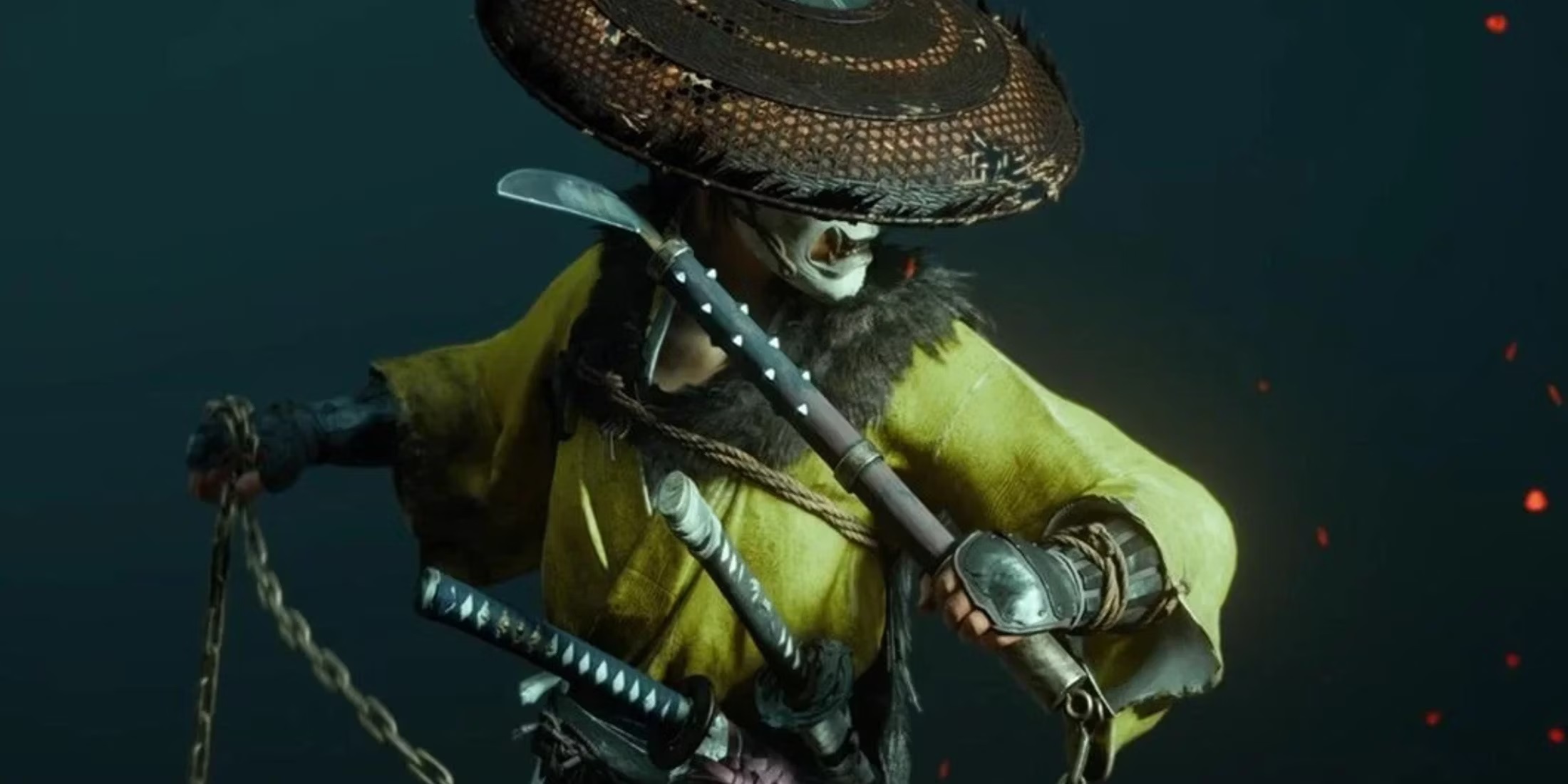
In Ghost of Yotei, players are introduced to Atsu, a female ronin whose story unfolds 300 years after the events of Ghost of Tsushima. With Jin Sakai’s tale now a legend, Atsu steps into the spotlight as the new Ghost, carrying the franchise’s central theme of rebellion and survival into a new era. However, Atsu is no samurai—she is a ronin, a masterless warrior, and her story reflects this darker, more morally ambiguous path.
Atsu’s character design immediately sets her apart from Jin. Her patchwork armor, rugged clothing, and unconventional weapons suggest a life of hardship and survival, where honor has little place. While Jin was often torn between his duty as a samurai and his role as the Ghost, Atsu seems more willing to embrace the role of an outcast. Her use of the kusarigama (chain scythe) and the tanegashima (rifle) hints at a combat style that prioritizes pragmatism over tradition. These weapons offer new layers of strategy and variety to the combat system, allowing players to approach encounters with a broader range of tactics.
The choice to introduce a female protagonist is significant, not only in terms of representation but also in how it impacts the narrative. Atsu’s story, as suggested by the trailer, seems to focus on survival and vengeance rather than honor and duty.
Her status as a ronin—a warrior without a master—frees her from the constraints of the samurai code, opening the door to a more complex and morally gray narrative. Atsu’s journey is likely to explore themes of isolation, survival, and the personal cost of revenge, offering a fresh perspective on the world of Feudal Japan.
Evolving Combat: New Weapons, New Strategies
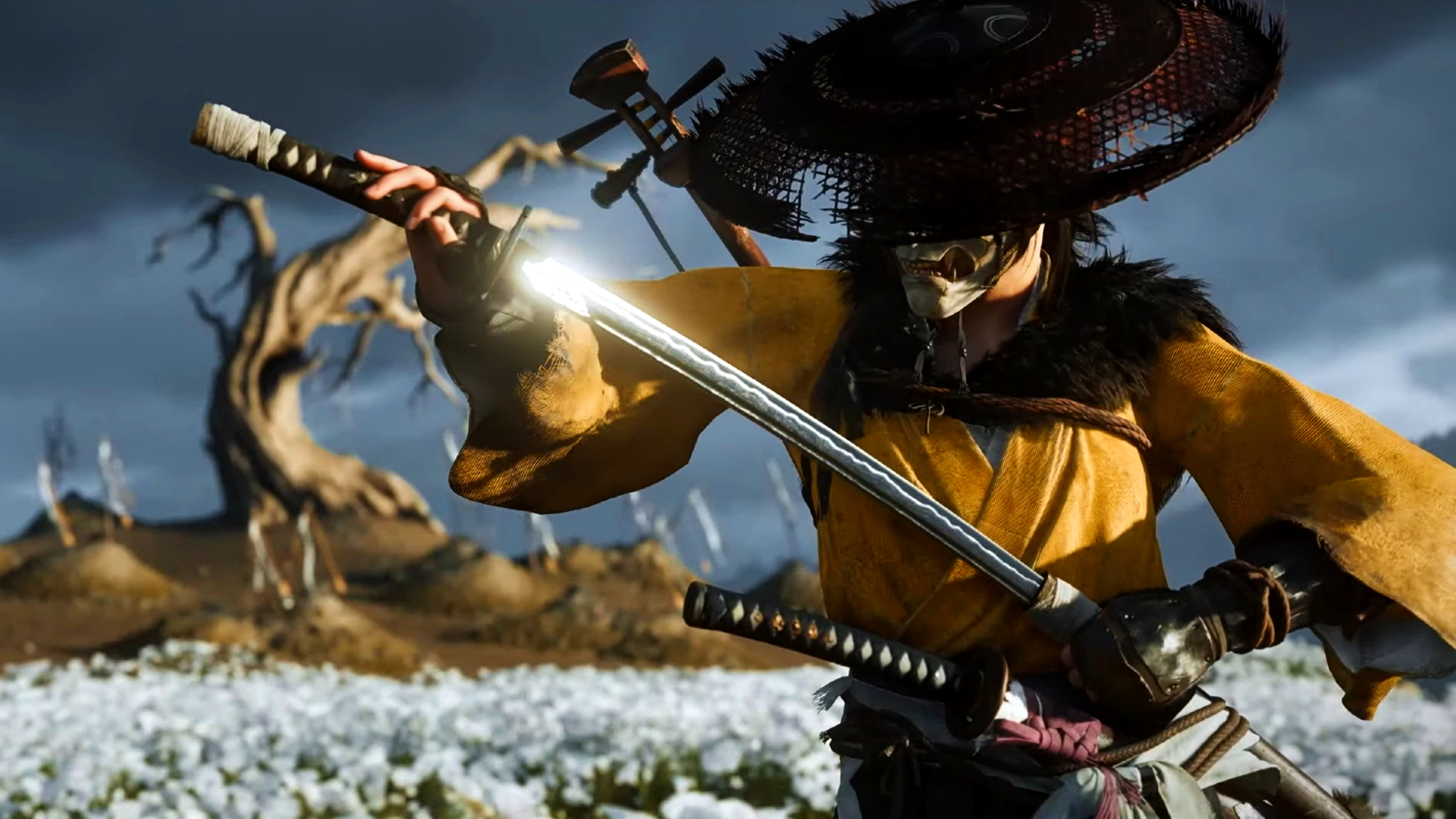
One of the standout elements of Ghost of Tsushima was its fluid and engaging combat system, which allowed players to switch between different stances depending on the enemy they faced. Ghost of Yotei looks to expand upon this foundation by introducing new weapons, stances, and combat mechanics that reflect Atsu’s more unconventional fighting style.
The kusarigama, a weapon traditionally associated with women in Feudal Japan, adds a unique new element to combat. The chain scythe allows players to disarm enemies, pull them in for close-quarters combat, or strike from a distance.
Its versatility makes it a valuable tool in a variety of combat situations, and mastering its mechanics will likely be key to success in battle.
The tanegashima, a rifle introduced to Japan in the 16th century, further expands the game’s combat repertoire. While Ghost of Tsushima relied primarily on bows and arrows for ranged combat, the inclusion of firearms in Ghost of Yotei suggests that players will have more options for long-range encounters. The use of firearms could also alter the pacing and strategy of combat, allowing players to engage enemies from a distance or create distractions to gain the upper hand.
The trailer also hints at the possibility of dual-wielding swords, a feature that could add even more depth to the combat system. Atsu’s quick, agile movements during combat suggest a faster, more aggressive fighting style, one that rewards players who prefer to get up close and personal with their enemies.
This evolution of the combat mechanics builds on the strengths of Ghost of Tsushima while offering new and exciting ways to engage with the game’s world.
A Refined Visual Experience
Visually, Ghost of Yotei is every bit as breathtaking as its predecessor. The move to Hokkaido offers a new palette of colors and textures for players to explore, from the stark whites and blues of the snow-covered forests to the muted grays and browns of the mountainous terrain. The game’s dynamic weather system creates a world that feels alive and reactive, enhancing the overall sense of immersion.
The decision to retain the painterly art style of Ghost of Tsushima allows Ghost of Yotei to maintain its unique visual identity while pushing the boundaries of graphical fidelity. The snow drifts realistically across the ground, trees bend and sway in the wind, and the dynamic lighting creates dramatic contrasts between light and shadow. The night sky, illuminated by the soft glow of the moon and stars, adds a haunting beauty to the game’s desolate world, reinforcing the themes of isolation and survival.
Sucker Punch’s use of Kurosawa mode—a black-and-white filter that pays homage to the legendary filmmaker Akira Kurosawa—returns in Ghost of Yotei, further emphasizing the cinematic quality of the game’s presentation.
However, the addition of more diverse visual influences, such as the Western-style guitar music and sweeping landscape shots seen in the trailer, suggests that Ghost of Yotei will blend traditional Japanese cinema with modern storytelling techniques, creating a richer and more varied visual experience.
Story Themes: Survival, Vengeance, and Isolation
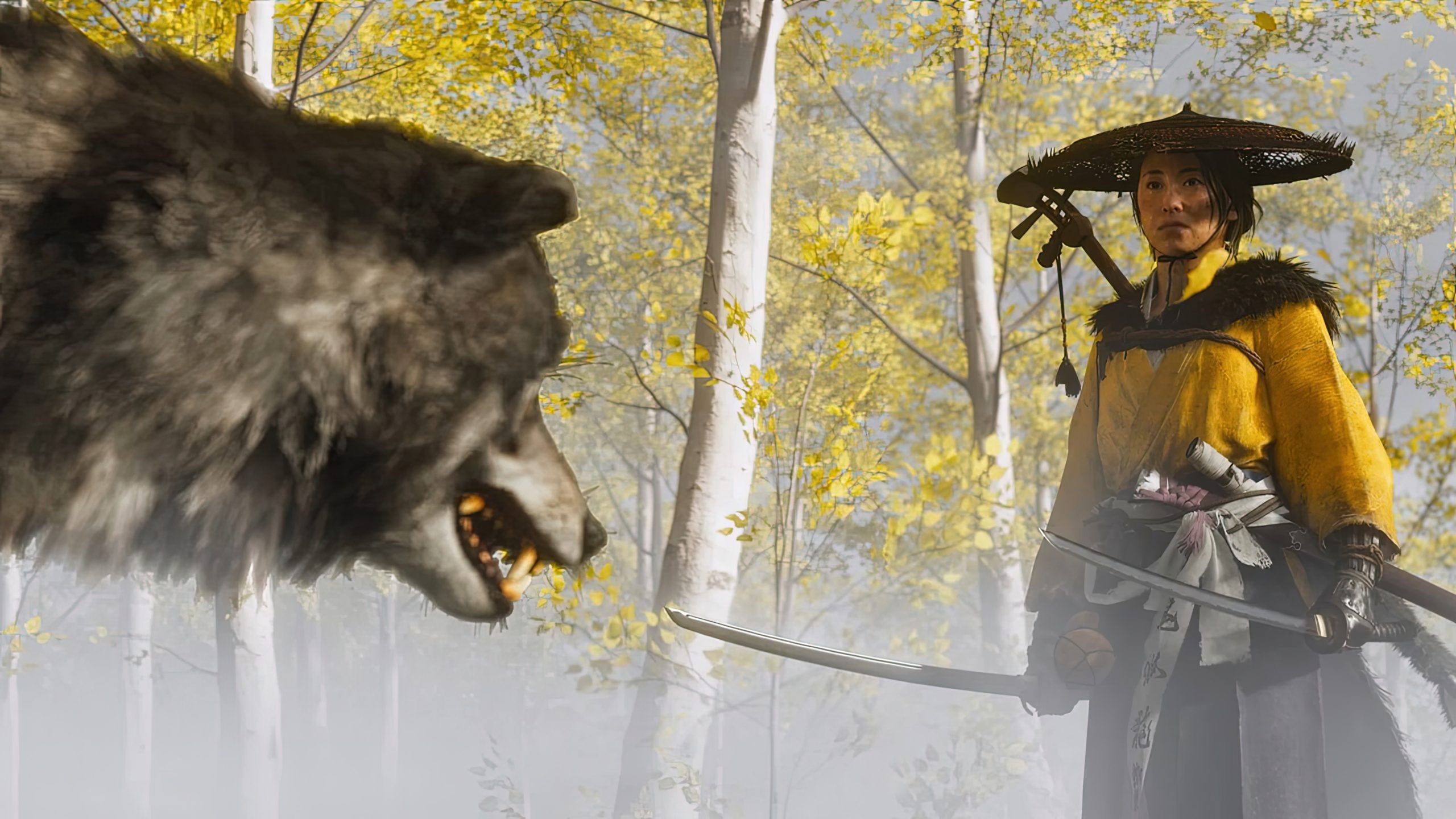
The story of Ghost of Yotei remains shrouded in mystery, but the trailer provides enough clues to suggest that survival and vengeance will be central themes. Atsu’s journey appears to be one of personal revenge, as she is hunted by samurai and ronin alike. The wanted poster shown in the trailer implies that Atsu has made powerful enemies, and her quest for survival is likely to be fraught with danger at every turn.
At the same time, Atsu’s connection to nature—symbolized by her bond with a wolf companion—suggests that her journey will also explore themes of isolation and resilience.
The wolf, which may serve as both a guide and a metaphor for Atsu’s own emotional journey, could play a significant role in both the story and gameplay, introducing new mechanics related to animal companions and survival in the wild.
The game also hints at a deeper exploration of Japan’s history, particularly the conflict between the indigenous Ainu people of Hokkaido and the Japanese samurai who sought to expand their influence into the region. This narrative shift could add a layer of complexity to the story, as Atsu may find herself caught between two worlds—one rooted in tradition and honor, and the other in survival and freedom.
Conclusion: A Promising New Chapter for Ghost Fans
Ghost of Yotei represents a bold new direction for the Ghost of Tsushima franchise. With a new protagonist, a more challenging environment, and an expanded combat system, the game promises to build on the strengths of its predecessor while pushing the franchise into exciting new territory. Atsu’s journey through the cold wilderness of Hokkaido offers a fresh perspective on the themes of survival and identity, while the refined visuals and dynamic combat mechanics ensure that players will be just as captivated by this new adventure as they were by Jin Sakai’s story.
The first impressions of Ghost of Yotei are overwhelmingly positive, and as we await more details about the game’s release, one thing is certain: Sucker Punch is once again set to deliver an unforgettable experience in the world of Feudal Japan.
